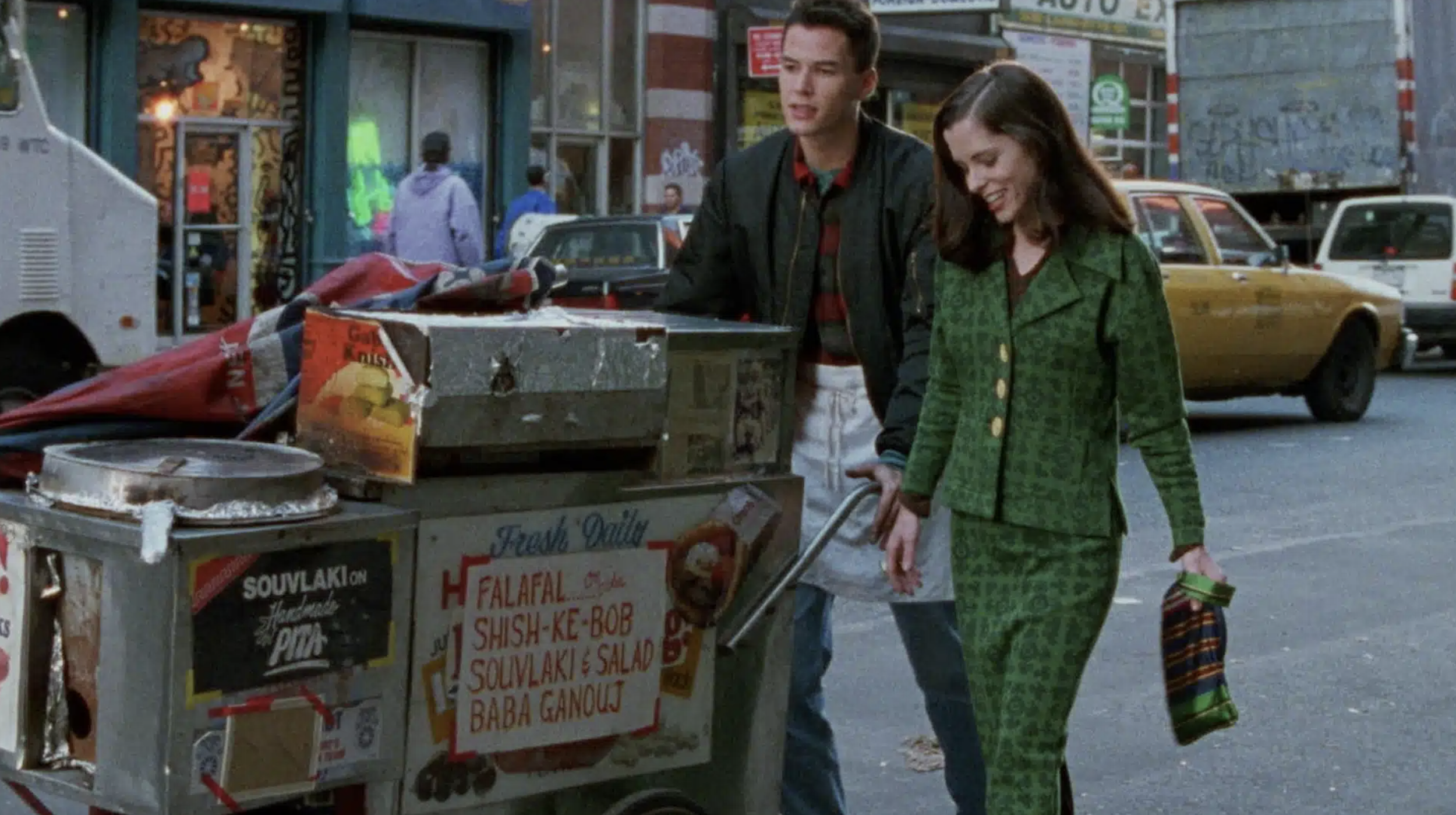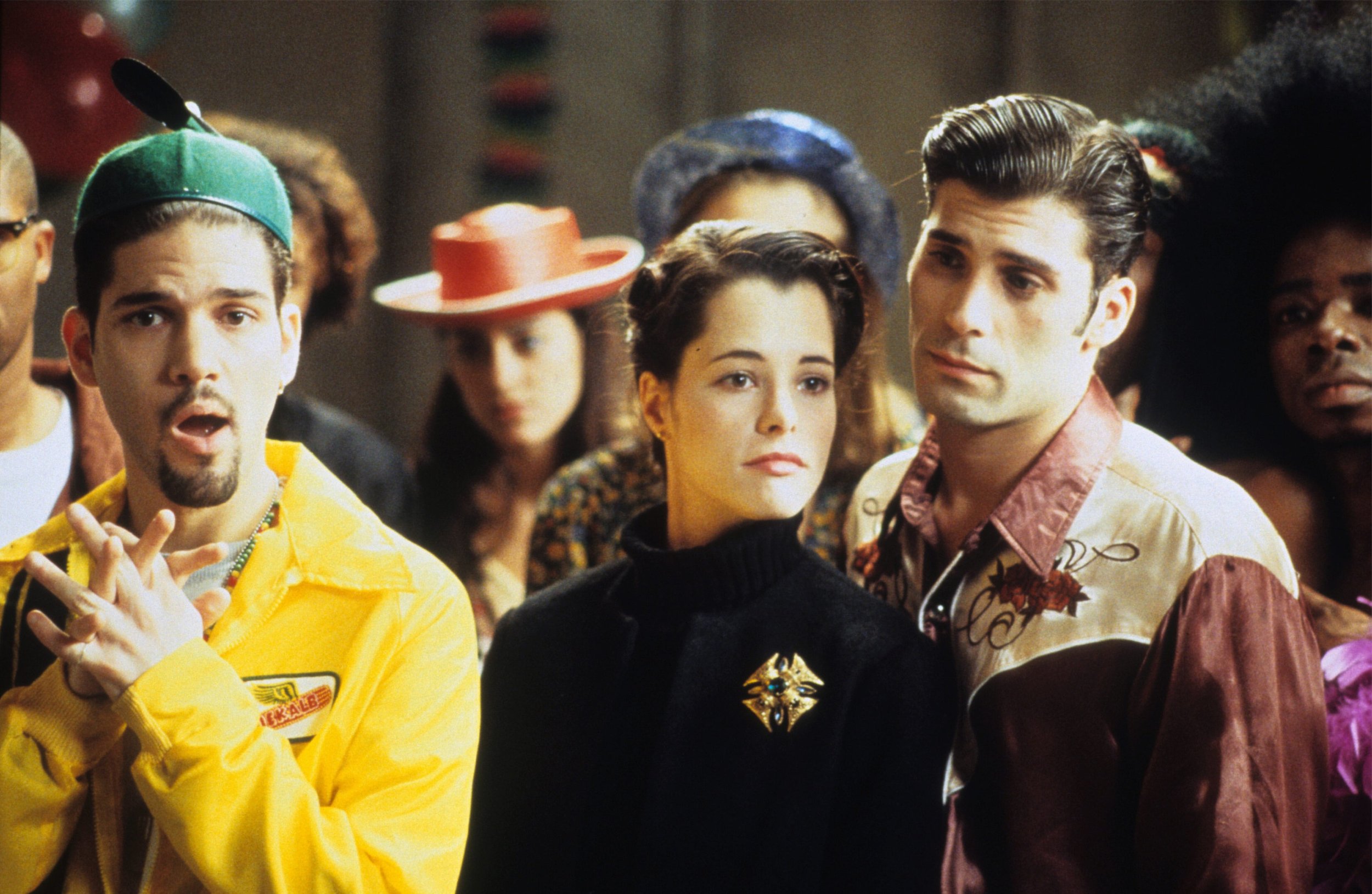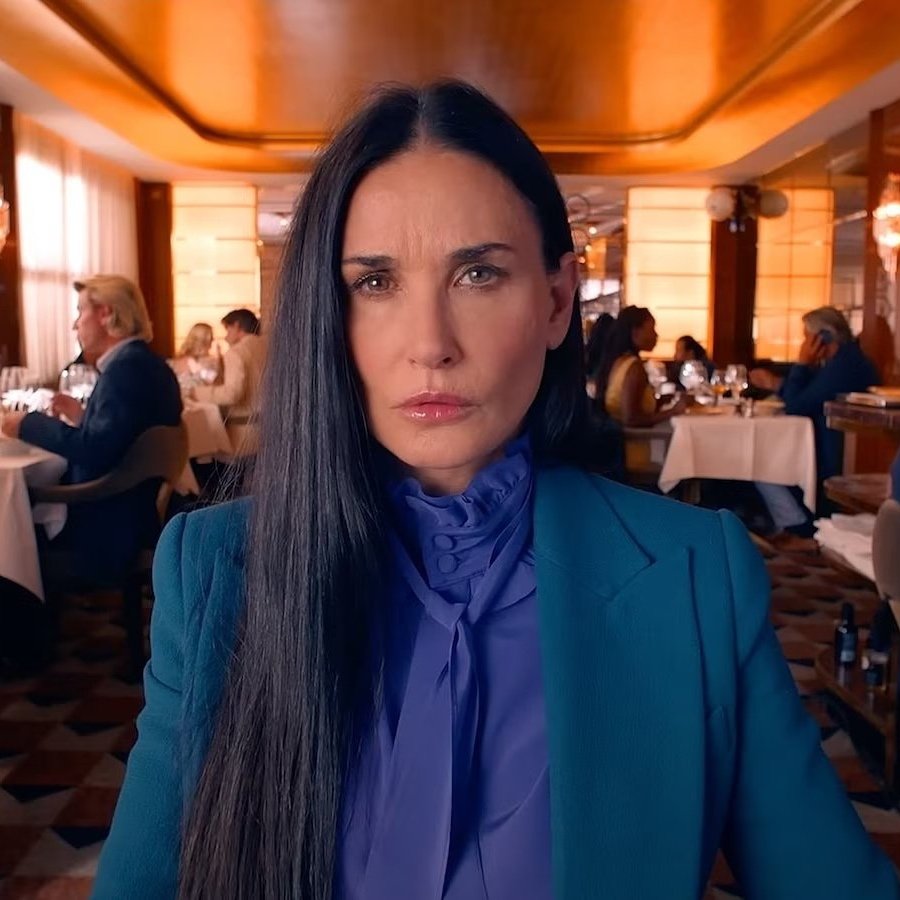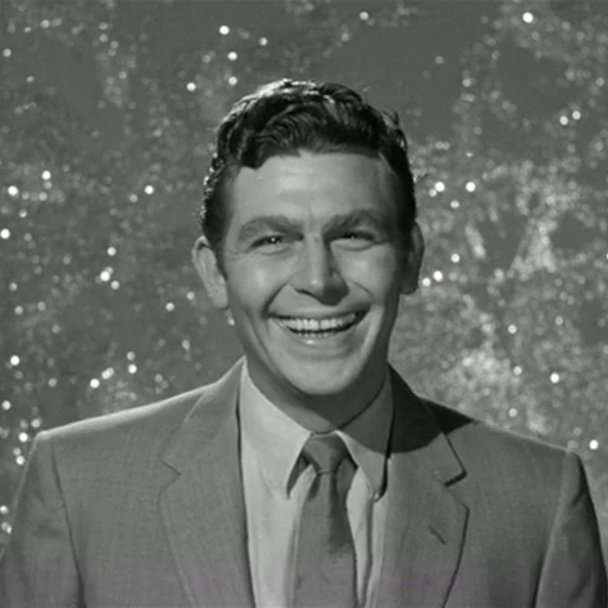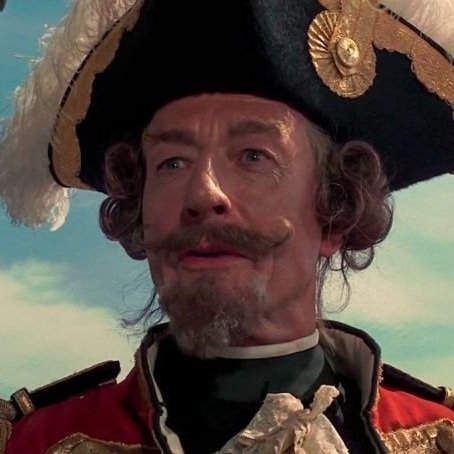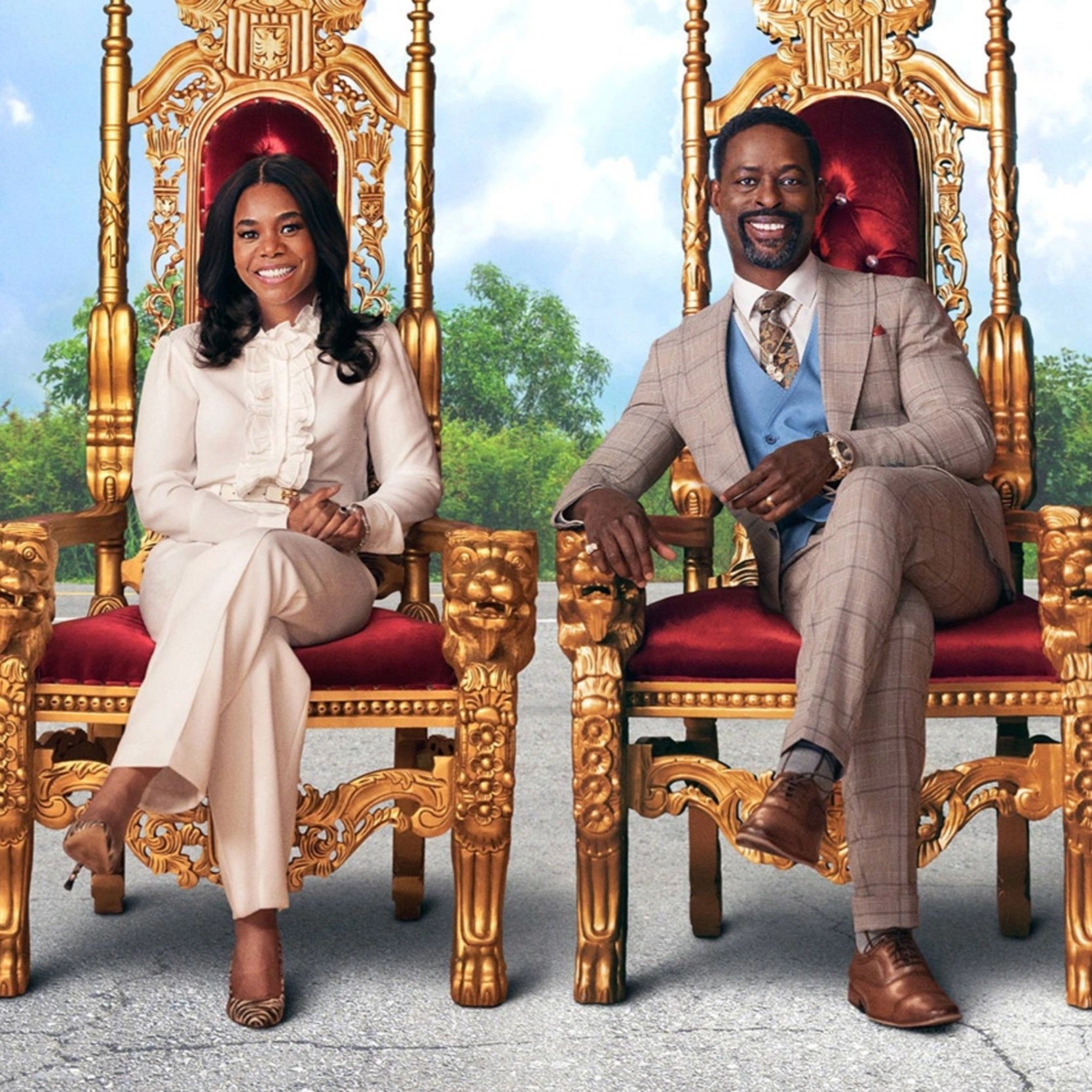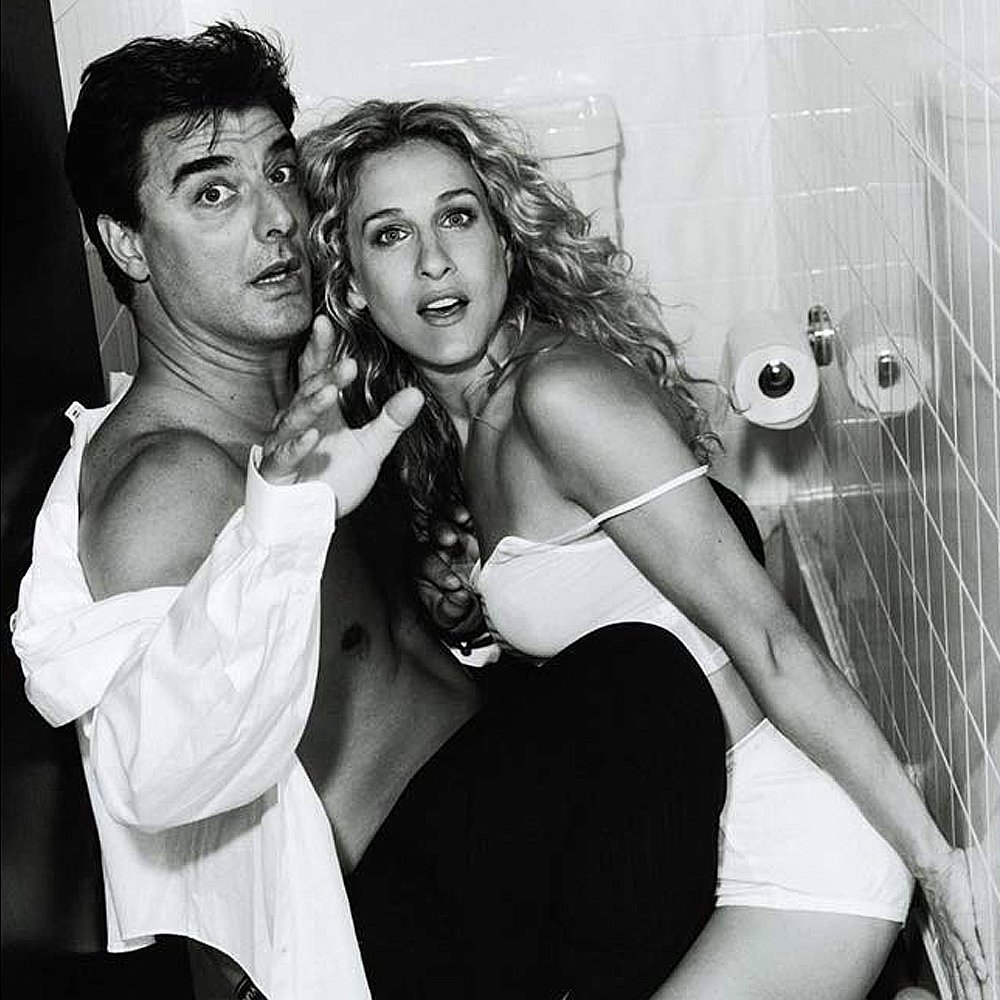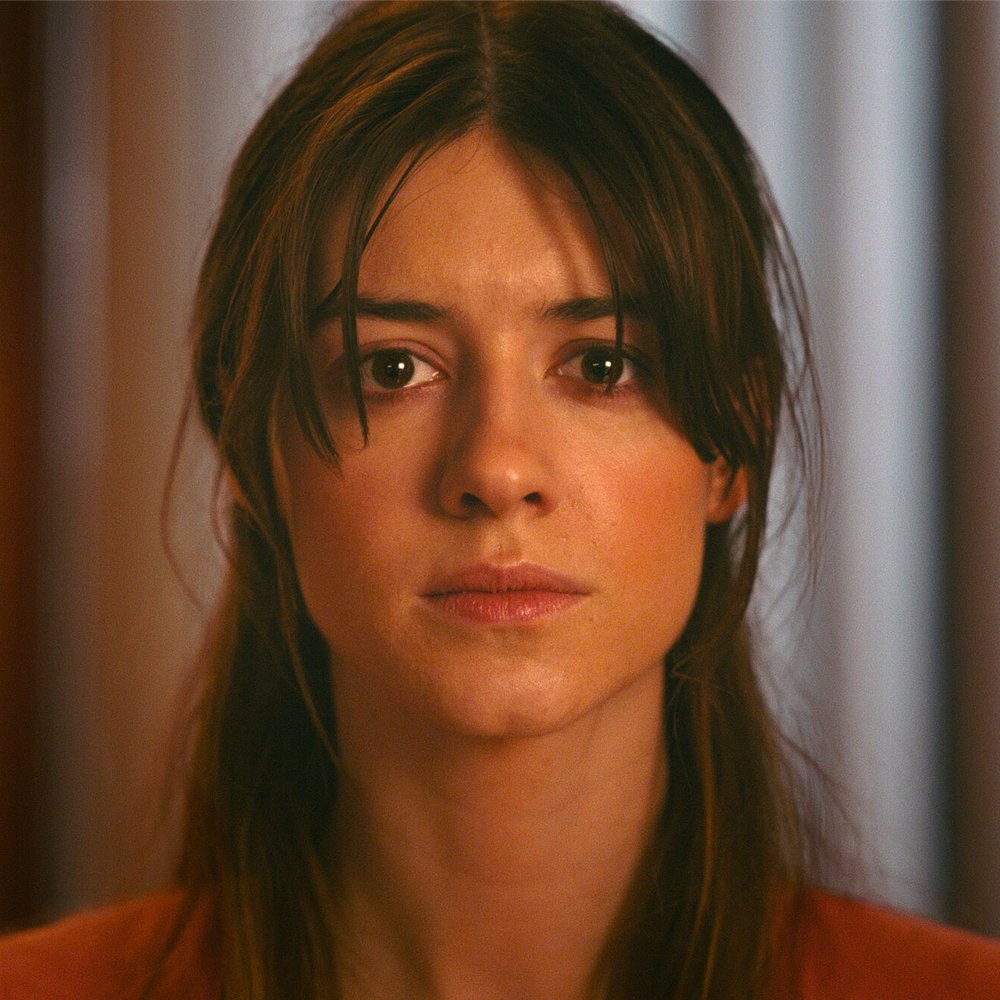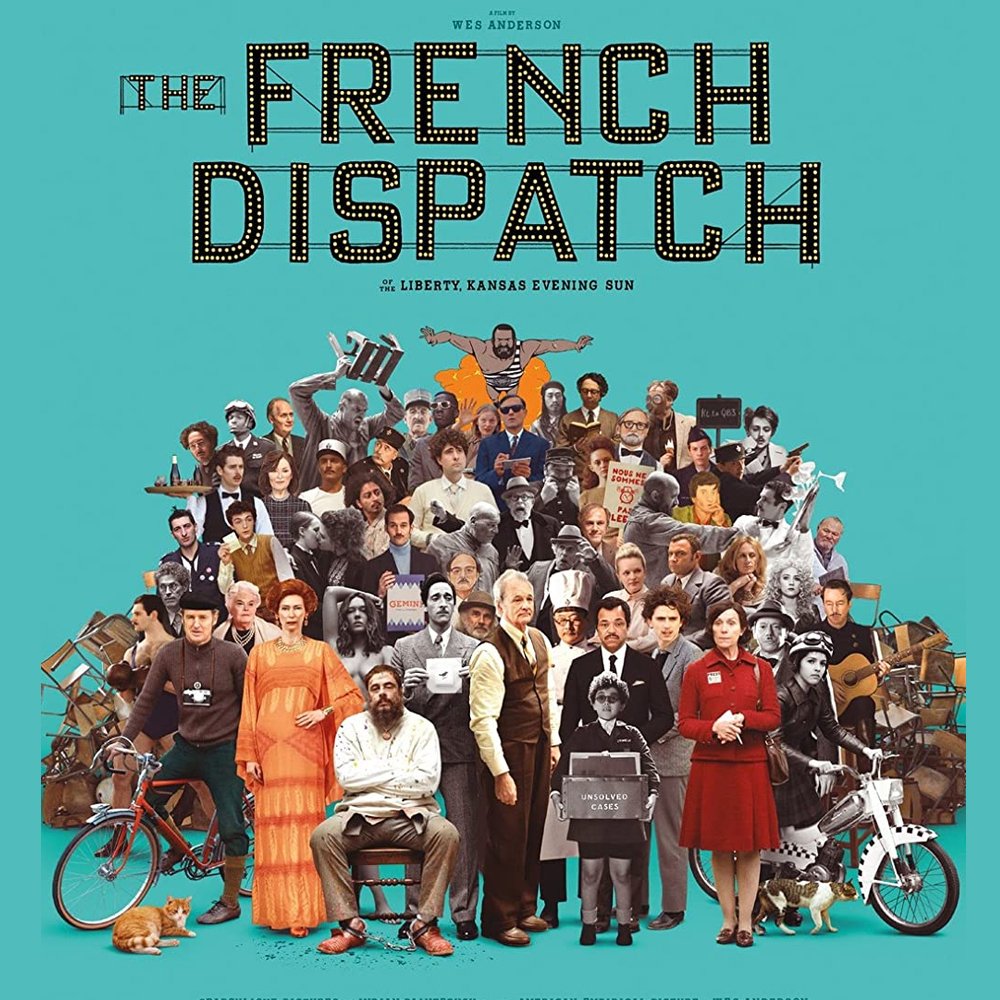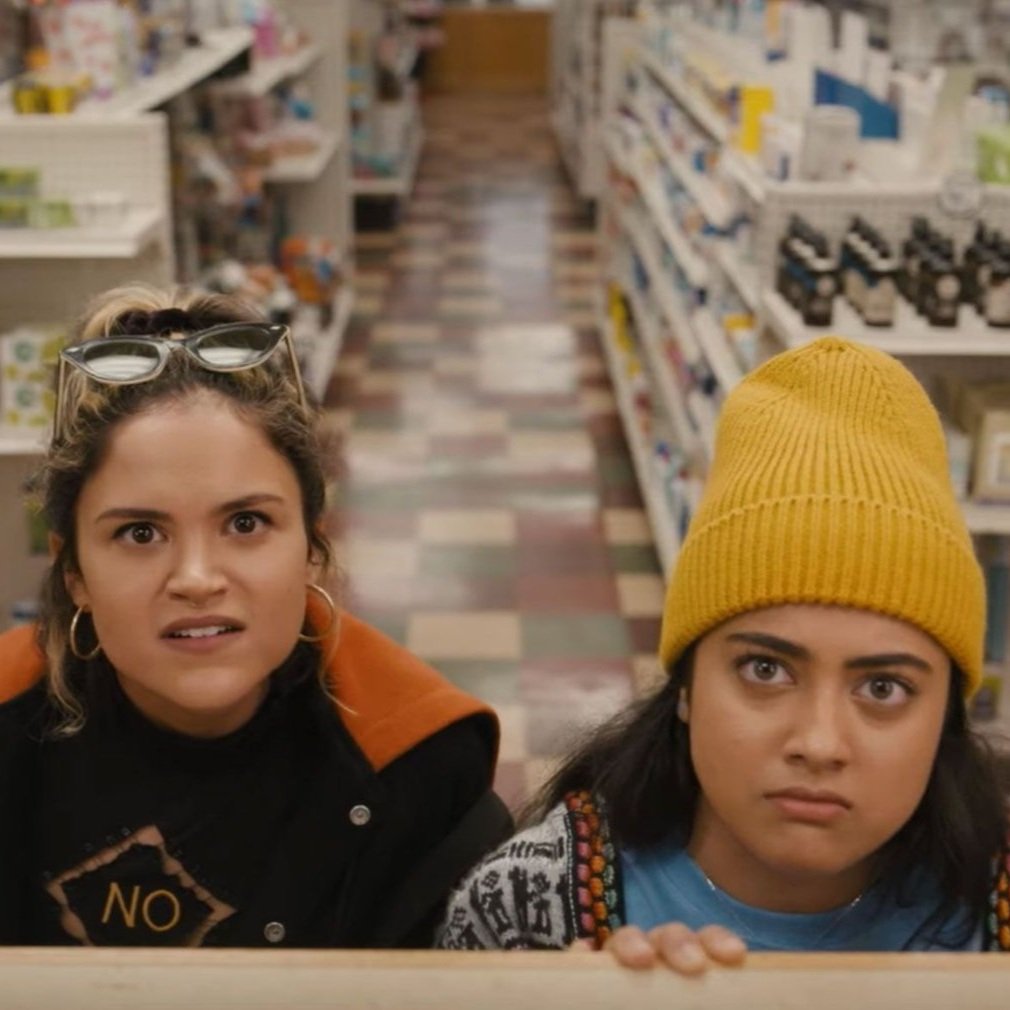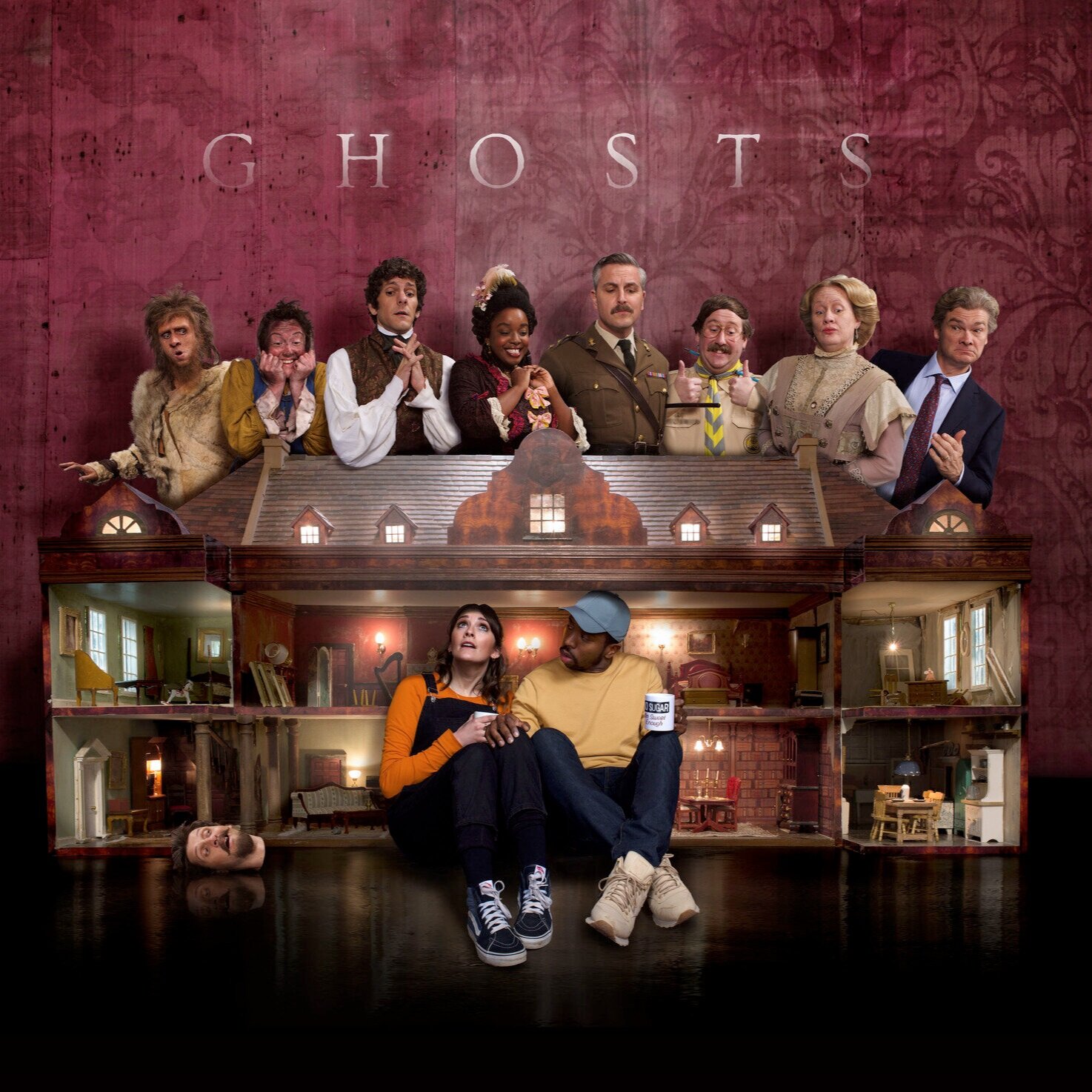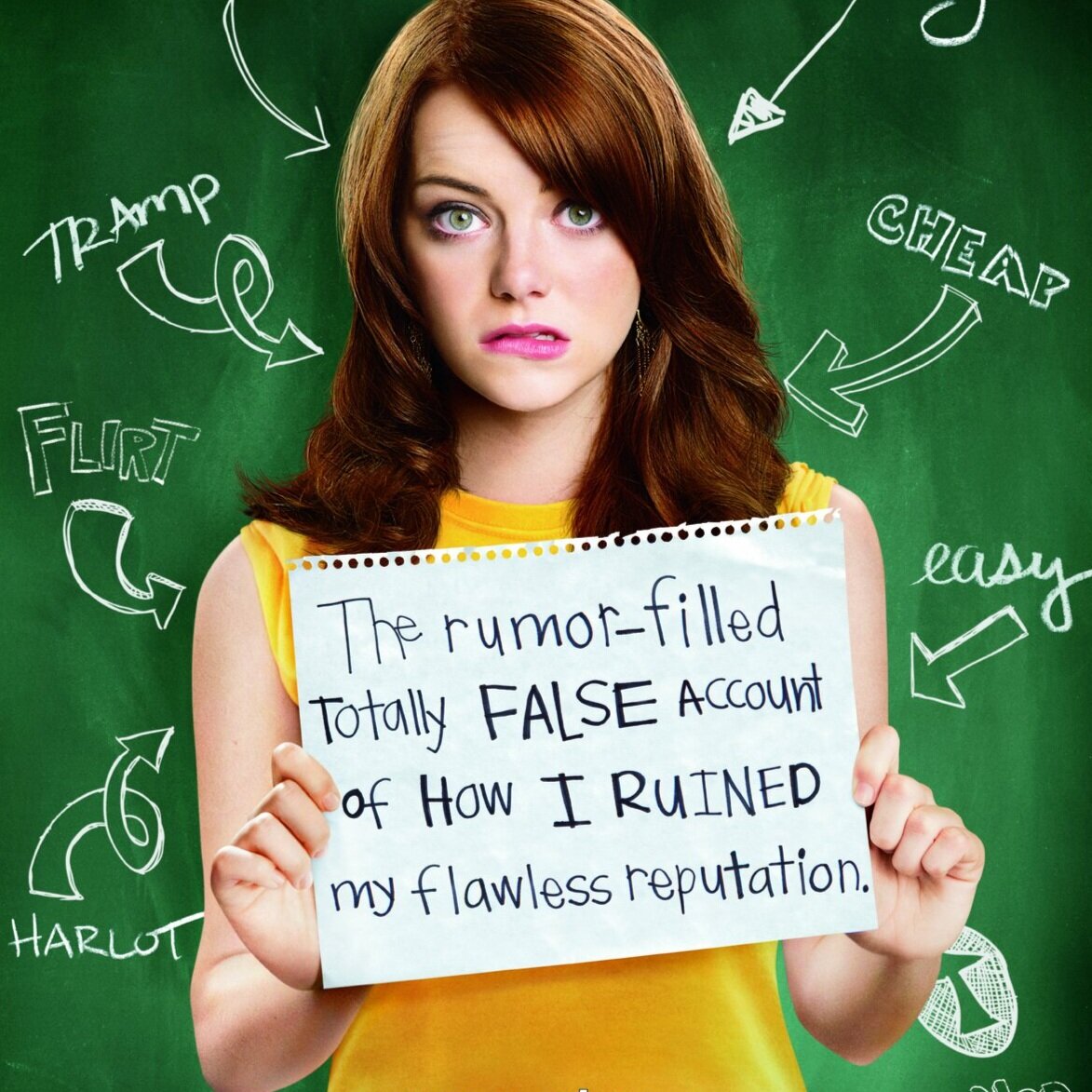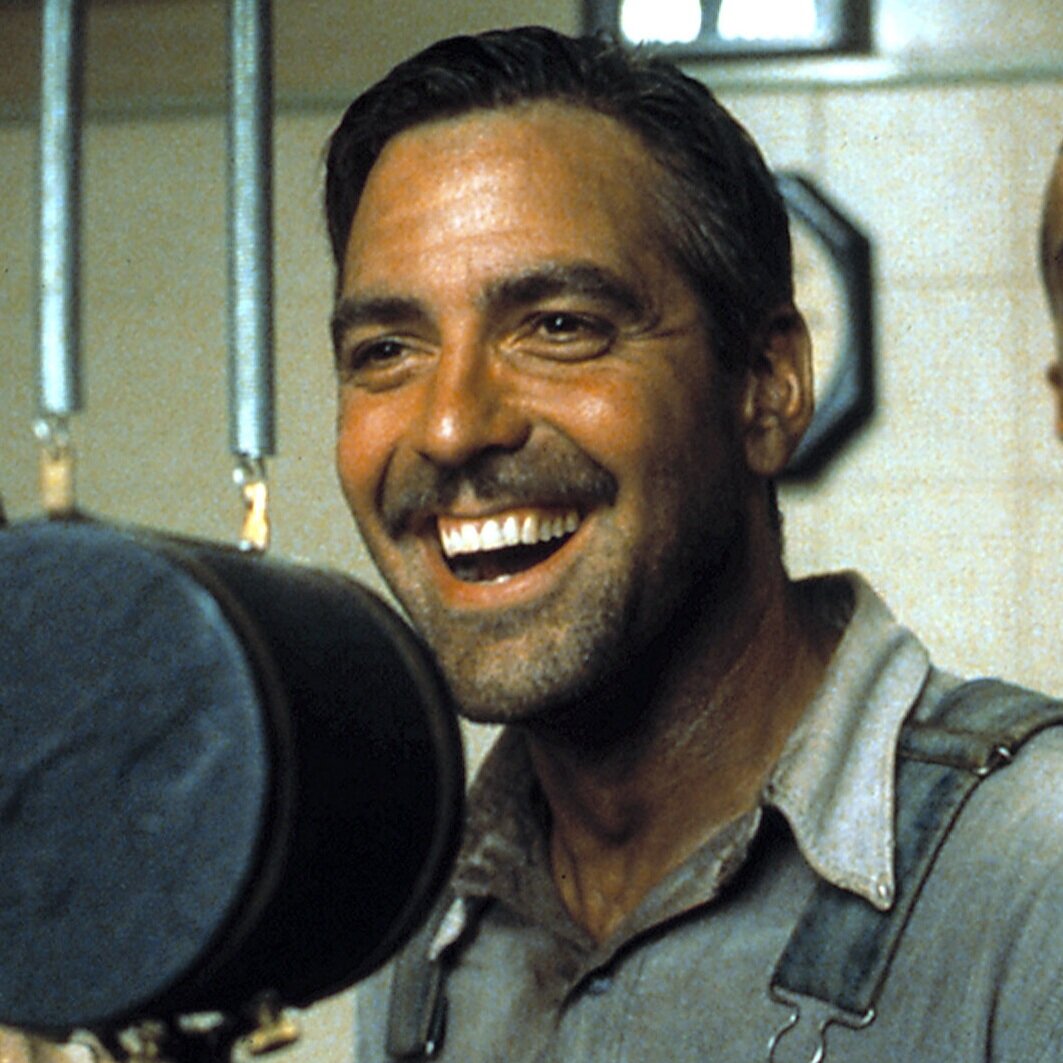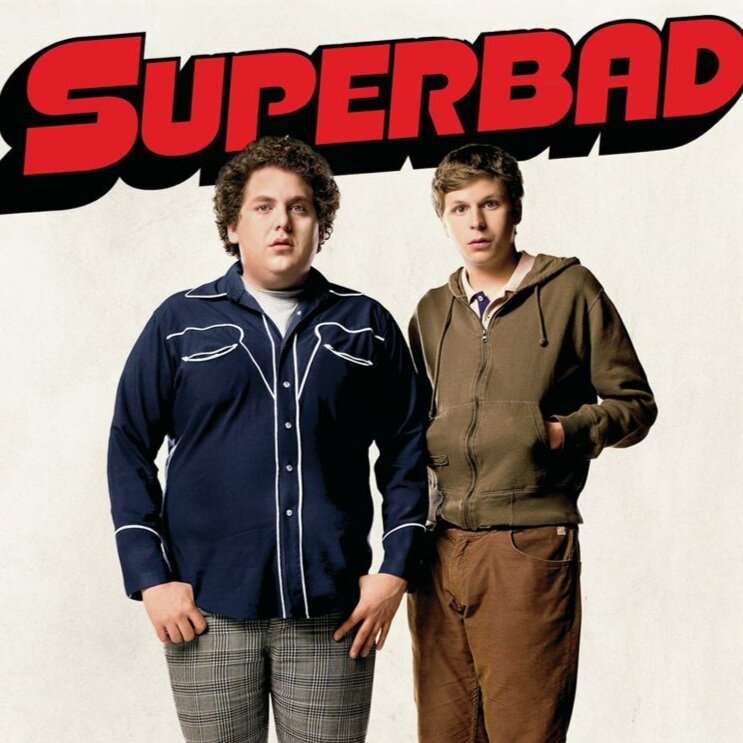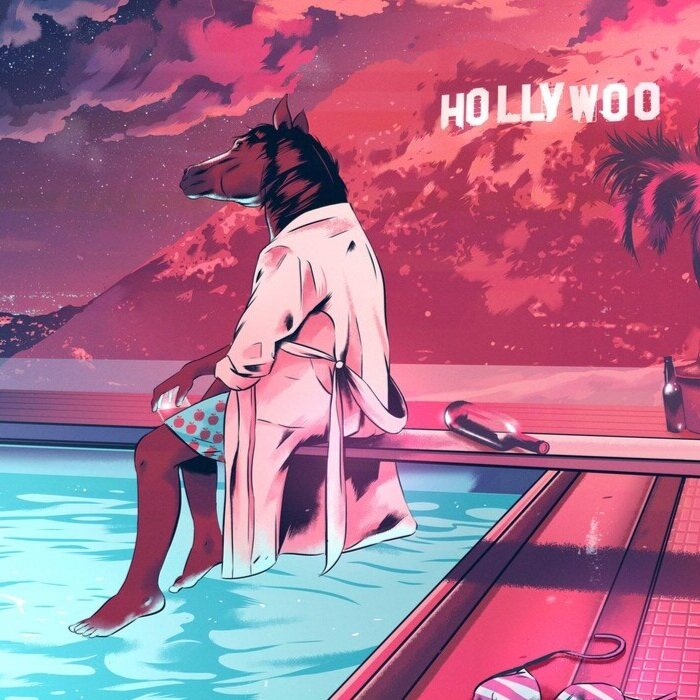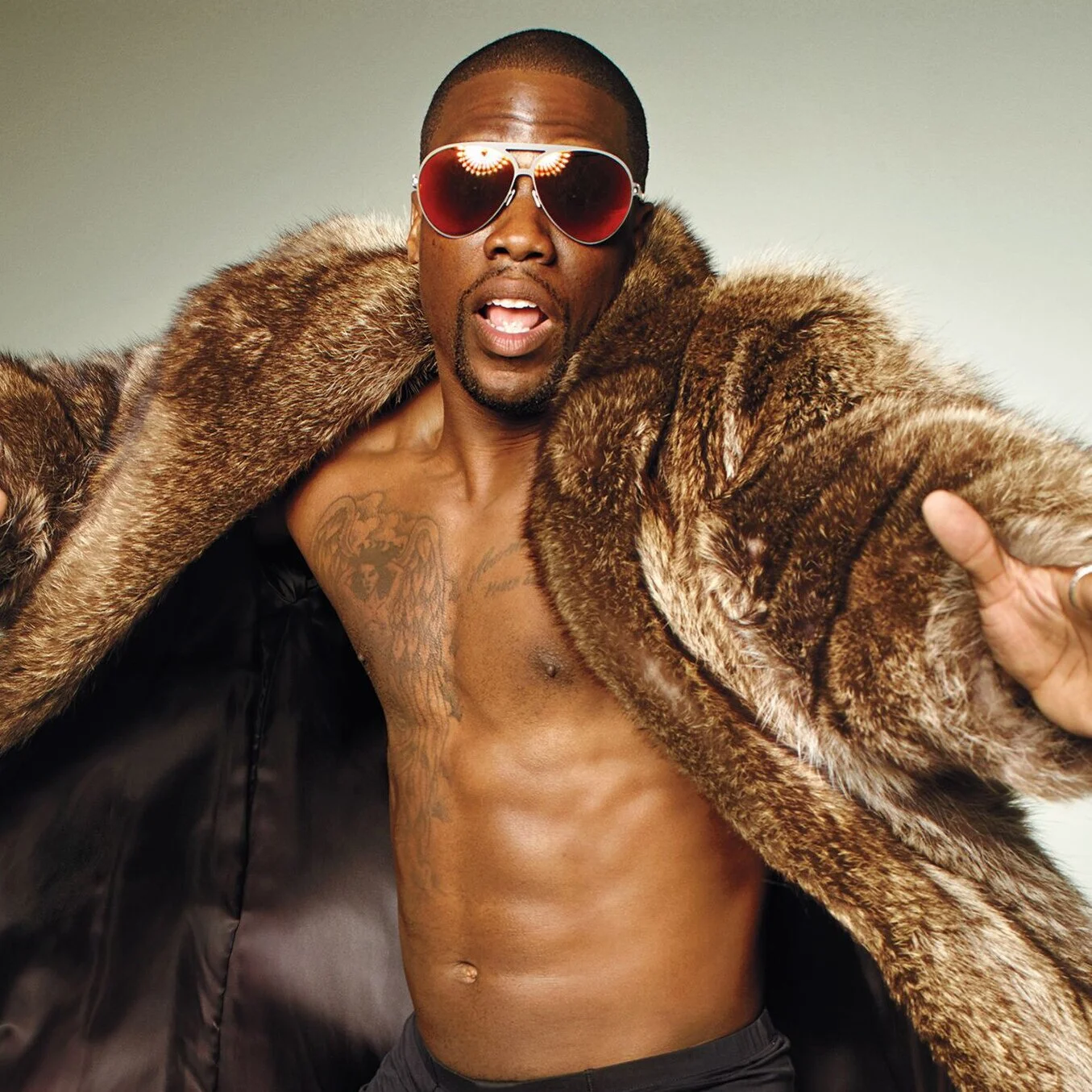Party Girl: The Beauty of the Fashion Film
After watching Party Girl for the first time, I looked up its poster and was struck by how it did not match the campy nature of the film. The poster shows Parker Posey, the main character, dressed in one of her iconic outfits (more on that later) atop a pile of library books, smiling at the viewer. This poster looks like any 90s rom-com, complete with the tagline, “Sassy, savvy, and definitely clued-in!” If I had seen the poster before watching the movie, I would have overlooked it completely as it does not recognize the gleeful chaos that is Party Girl.
Released the same year as Clueless, the 1995 film Party Girl is a perfect representation of the beauty of the fashion film. Party Girl is a wild ride. We follow Mary (Parker Posey), a 20-something New Yorker who buys Jean-Paul Gaultier jackets instead of paying rent, as she pays back her godmother for bailing her out after being arrested for organizing an out of control party. Mary, clad in colorful tights, platform shoes, and a fabulous cheetah print jacket, works as a librarian for her godmother, to prove to her she isn’t just an irresponsible child. She soon learns to love being a librarian after organizing her DJ roommate’s records according to the Dewey Decimal system and earning the respect of her librarian colleagues.
Our hero, Mary, has many missteps on her road to redemption. Notably, these include selling her closet full of vintage clothes to finally pay her bills and mistreating her fling, Moustafa, her preferred falafel cart owner. All in all, Party Girl follows a very basic narrative technique, but it is Parker Posey's attitude as Mary that shines through, as well as her incredible outfits.
While this movie easily rose to be one of my favorites, there is one main critique that a review would be incomplete without. Near the end of the film, Mary holds a party that is vaguely middle-eastern themed, complete with her love interest, Moustafa, clad in costume serving her guests falafel. This scene stood out from a modern-day perspective as it is explicitly culturally insensitive. I believe the main point of this scene was to show how Mary took advantage of Moustafa, using him for his culinary service, but there are plenty of ways to go around this rather than showing Parker Posey in a culturally inappropriate costume.
Besides the few problematic moments in Party Girl, its legacy in fashion and pop culture has remained well-rooted. Interestingly, this was the first film to be released on the internet, showing the transition between cinema culture and streaming culture. Similarly, Mary’s wardrobe, while rooted in vintage finds, was styled in a very futuristic, campy way, similar to the costumes in other films like The Fifth Element. For example, in one scene where Mary is working at the library, she wears multiple layers of Comme des Garçons t shirts with shorts, tights, and heels. The layering of these shirts is striking, showing the contrast of Mary’s spirit to her dull confides at the library. However, Mary persists, proving her colleagues wrong and maintaining her distinctive style while learning the skills to be successful at her job.This reflects her character’s willing desire to balance a professional life with her free spirited attitude, adding to her passion as party planner. From her Vivienne Westwood corset she wears while getting arrested, to her simple blue sweatshirt worn only around her arms like a bolero, Mary’s costumes cement Party Girl as a prime example of the power of costuming.
Without these costumes, Party Girl would simply be a film about a reckless girl turned librarian. The plot speaks less than the visual elements of the film. For that, Party Girl stands as a shining gem of 90s Indie Movies.
Popular Reviews

